Yamaha SR-B20A review: an affordable soundbar with big successes
Yamaha's SR-B20A is compact yet punchy, budget yet bold – it's a great addition to a mid-size TV, and for a small price
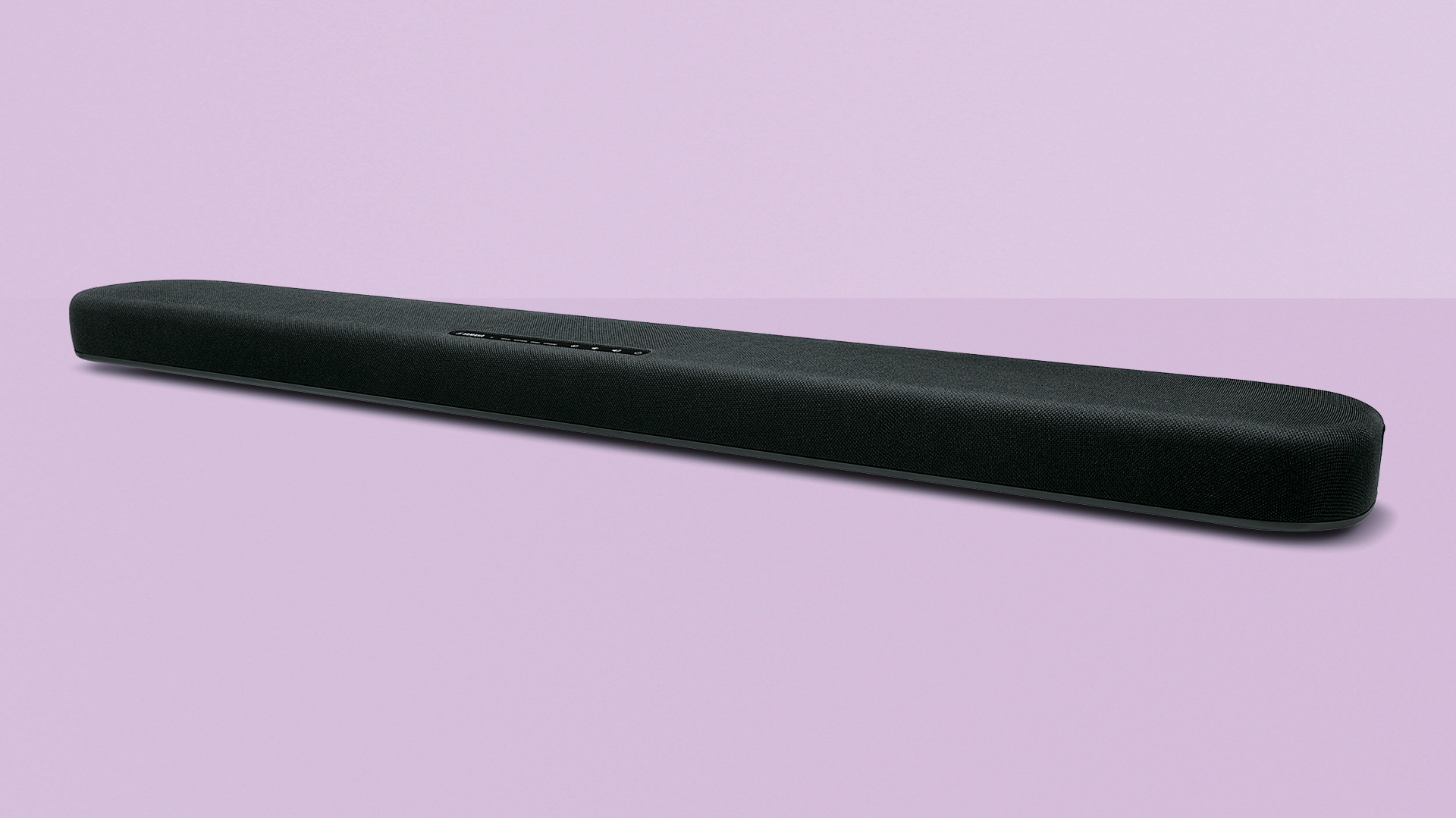
The Yamaha SR-B20A brings a serious audio upgrade to TVs, adding detail, depth and impressive 3D effects. It's not too pricey either, which is one of its major selling points.
-
+
Capable of expansive, dynamic sound
-
+
Well-built and finished
-
+
Compact and unobtrusive
-
-
Lacks low-frequency expression
-
-
Touch-controls are inexact
-
-
Bass is generally ‘too much’ or ‘too little’
Why you can trust T3

Welcome to T3's Yamaha SR-B20A review. It is a truth universally acknowledged that a person in possession of a new-ish TV must be in want of an audio upgrade. Well, maybe not universally acknowledged – some of the best TVs sound half-decent without needing a boost. But in the majority of cases, the audio standard of a TV is in direct opposition to the quality of the images it displays.
Adding one of the best soundbars is the most straightforward way to upgrade your TV’s sound, of course. But if you want a soundbar that’s a) reasonably compact and b) doesn’t cost an arm and a leg, your choices become rather limited rather quickly.
Not for the first time where soundbars are concerned, Yamaha wants to save the day. The company is one of the major reasons that ‘soundbars’ are even a thing, and with the SR-B20A Yamaha intends to offer a compact, high-achieving upgrade to your TV’s sound without hitting you in the wallet too hard – it's perfect for adding that extra dimension to the best TVs under £500, the best TVs under £1000 or the best TVs under $1000.
If anyone can, Yamaha can. But has it?
Yamaha SR-B20A review: Price & features
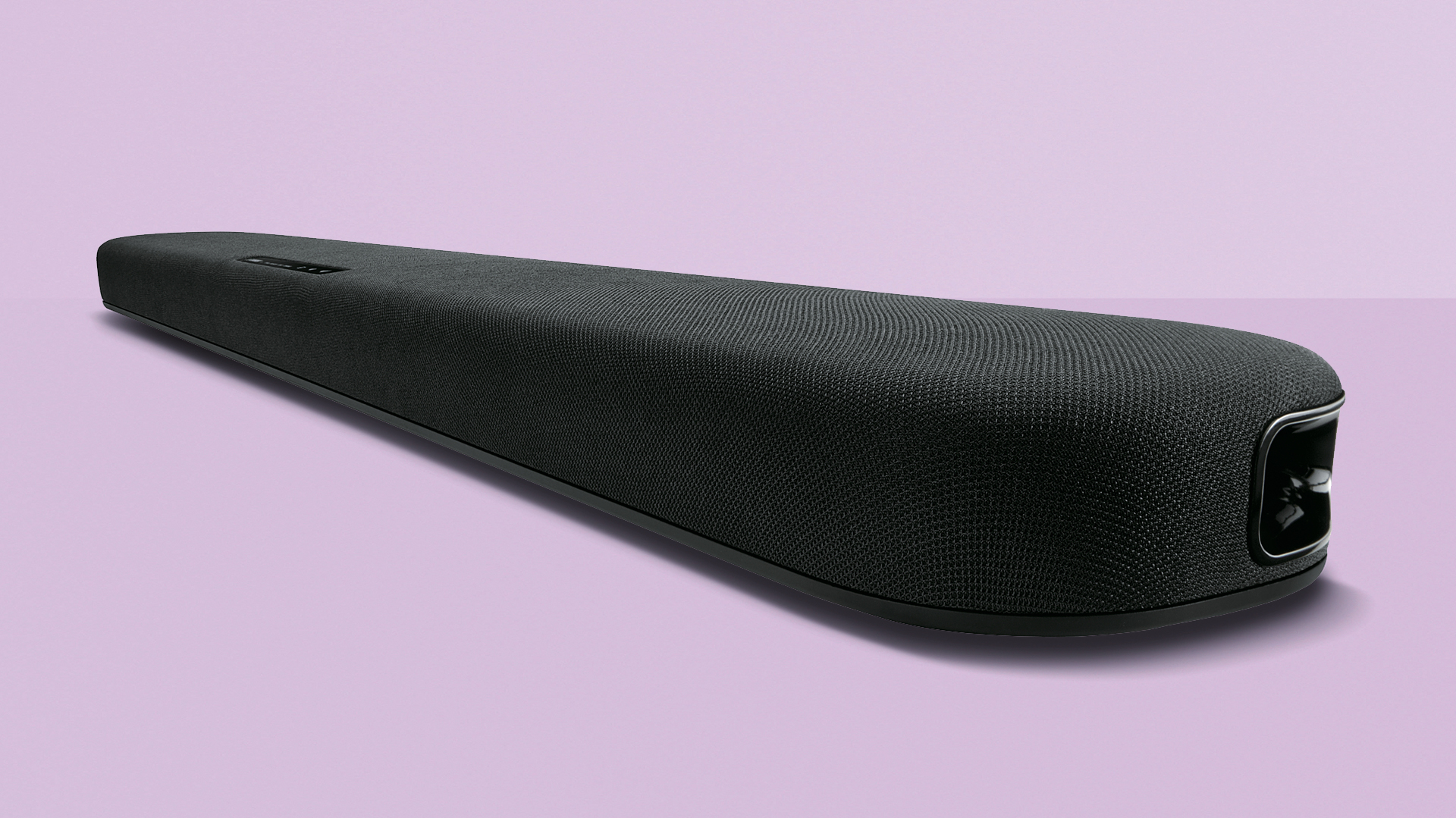
At £249/$199/AU$329 the SR-B20A sits at the more affordable end of the soundbar spectrum – only the similar-in-appearance but slightly less-well-specified SR-C20A is cheaper in Yamaha's own range. It's crowded down here, though – everyone from JBL to Sony would like to sell you something around the same price.
The Yamaha is well specced, though. It’s packing 120 watts of power all-in, of which a full half is given over to the 75mm subwoofers. The remaining 60 watts is split between two 55mm midrange drivers and two 25mm tweeters.
Physical connectivity runs to a single HDMI ARC output, a couple of digital optical sockets and a pre-out for an off-board subwoofer, if you want to add one yourself. There’s also Bluetooth 5.0 connectivity, which is a) handy if you want to use the Yamaha as a music player and b) sufficient to get big digital audio files from the likes of TIDAL Masters on board.
Just having the one HDMI port means no passthrough, so you'll effectively lose one of your TVs HDMI sockets by plugging this in – just something to keep in mind.
Control is via the small, slippy and pretty cheap-feeling remote control handset ,or the typically well-realised Sound Bar Remote app for iOS and Android. Here’s where input selection, volume control, subwoofer level and EQ presets can be dealt with – the SR-B20A features ‘stereo’, ‘standard’, ‘movie’ and ‘game’ options.
On the handset there are also quite big buttons marked ‘Clear Voice’ (which pushes the midrange forward – useful at low volumes) and ‘3D Surround’ (the Yamaha features DTS Virtual:X as well as Dolby Audio and DTS Digital Surround, but no Dolby Atmos).
There’s also a very brief display on the surface of the soundbar itself which features some very hit-and-miss touch-sensitive controls. It’s useful for establishing what the SR-B20A is up to, less so for doing anything about it.
Yamaha SR-B20A review: Performance
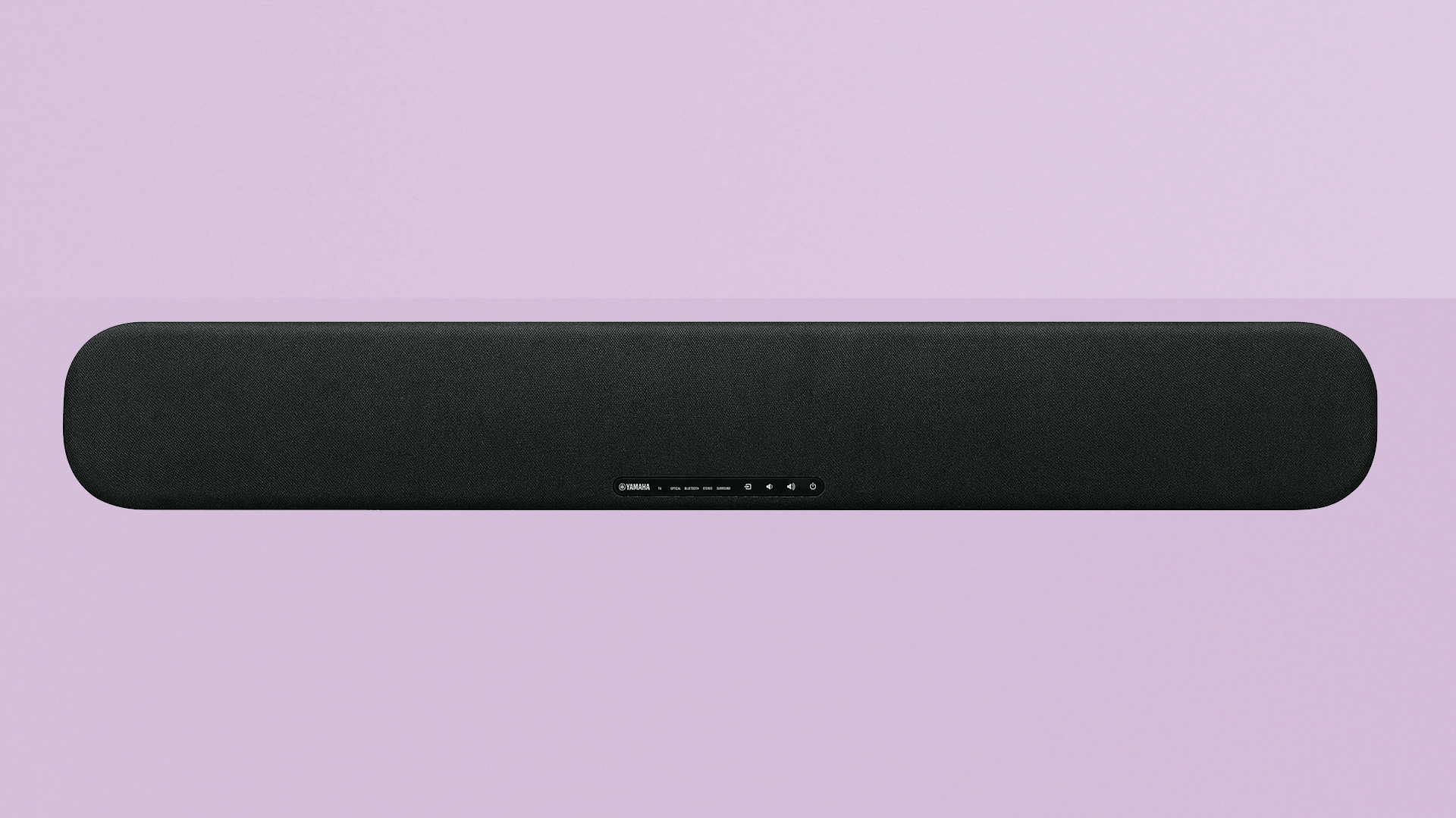
Connected to a mid-range TV over HDMI, the Yamaha wastes little time in establishing just how much more full-bodied, expansive and detailed a listen it is when compared to the average TV's integrated sound system.
Put on a movie – any movie, from any source – and your sonic experience is altogether more complete than when listening to a TV alone. At the ‘standard’ EQ preset, there’s greater low-frequency presence, more detail through the midrange and a more assertive and substantial top end. Dynamics and attack are enhanced, while at the same time there’s altogether more poise and balance to the overall presentation.
Switch to the ‘movie’ preset and the sound gains greater width, although a little of its focus falls away at the same time. That focus snaps back into place when using the ‘game’ setting (and playing a game, obviously), though for some reason there’s a slight thickening of the area where bass modulates into midrange. It’s not enough to spoil your enjoyment though, and gamers will relish the improved effects placement as well as the increased impact of effects – it's a good match for the best gaming TVs, and makes a good alternative to the Panasonic SoundSlayer.
It’s with ‘3D Surround’ , though, that the Yamaha’s at its most impressive. You’re not about to confuse its presentation with that of an expensive and authentic Dolby Atmos soundbar, but thanks to the judicious positioning of its drivers the SR-B20A can serve up a sound that’s wider and taller than you’re expecting. There’s a definite impression of effects being steered around the soundstage, too – not a huge amount, you understand, but more than enough to make it obvious.
Tonally, the Yamaha’s something of a mixed bag. Treble sounds have just enough bite to go along with their substance, while the midrange is naturalistic and carries enough detail to make voices both intelligible and characterful. At the bottom end, though, the SR-B20A is rather monotonal – it has punch and presence to spare, but there’s not a great deal of differentiation where bass sounds are concerned. This is even more apparent when listening to music.
It’s also just slightly tricky to get the level of low-end activity right. There’s a control on the remote to trim the ‘subwoofer’ output, but it’s something of a hair-trigger, generally feeling like you're toggling between ‘too much’ and ‘not enough’. There’s also a ‘bass ext’ button, but it’s to be avoided unless you want your TV sound to be swamped by bass.
Yamaha SR-B20A review: Design
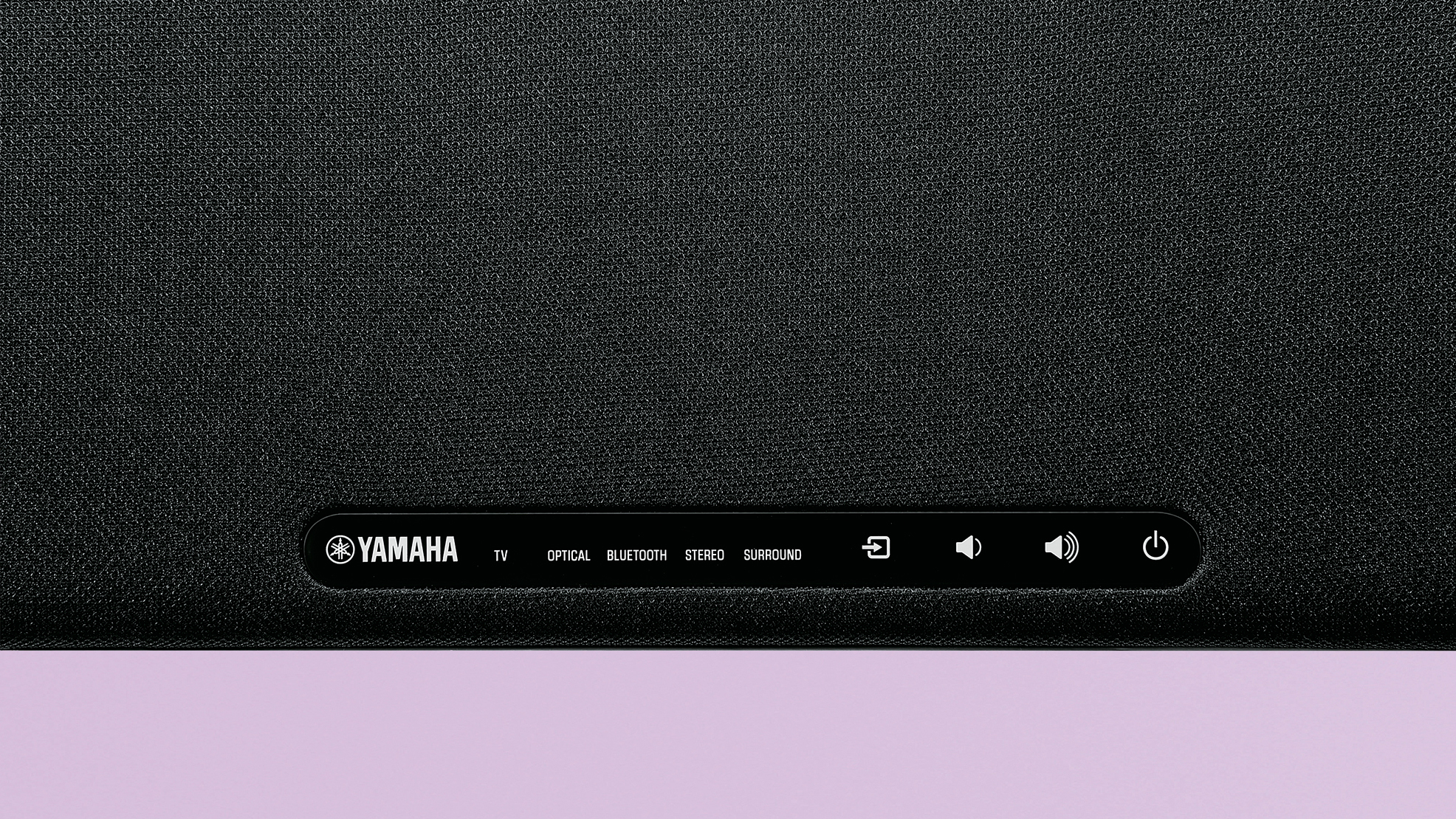
‘Compact’ is the word we’ll be going with here. Sitting on its little rubberised feet, the Yamaha’s a tidy 910x131x53mm (35.9x5.1x2.1 inches), though you can also hang it on a wall using its keyhole mounts.
This is about the same width as a 43-inch TV, so you can use it happily from that size up to 55 inches we'd say – beyond that and you'll probably want an upgrade in epicness again to match your screen.
Build quality and finish is every bit as good as you’d expect from Yamaha – the acoustic cloth covering is smoothly applied, and there’s even a minor design flourish at each end of the ‘bar in the form of a nicely finished bass reflex port.
The SR-B20A can be used in two different orientations thanks to its driver layout. When sitting on its feet, both the pair of 55mm midrange drivers and the pair of 75mm subwoofers are facing upwards, while the two 25mm tweeters fire forwards. When the soundbar’s attached to a wall, though, it’s the four bigger drivers that face forwards while the tweeters fire downwards.
Yamaha SR-B20A review: Verdict
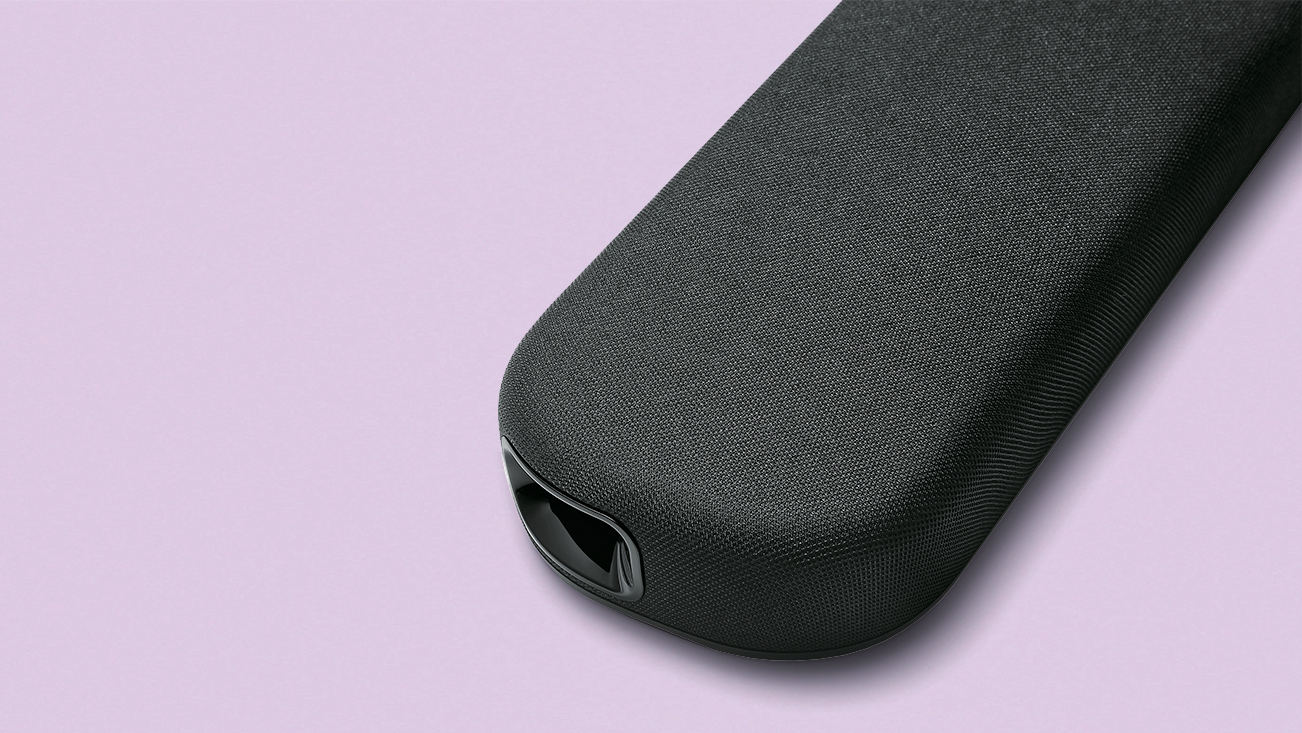
As we mentioned, there's plenty of competition for great soundbars in this price range, but if this the right budget range for you, you need to put the Yamaha SR-B20A on your shortlist.
Yes, its bass is a bit of a blunt instrument, but in every other respect, it’s a deft, enveloping and vigorous listen. If you want to add some very convenient sonic fireworks to your movie and/or gaming experience, here’s how you do it.
Sign up to the T3 newsletter for smarter living straight to your inbox
Get all the latest news, reviews, deals and buying guides on gorgeous tech, home and active products from the T3 experts
Simon Lucas is a freelance technology journalist and consultant, with particular emphasis on the audio/video aspects of home entertainment. Before embracing the carefree life of the freelancer, he was editor of What Hi-Fi? magazine and website – since then, he's written for titles such as Wired, Metro, the Guardian and Stuff, among many others. Should he find himself with a spare moment, Simon likes nothing more than publishing and then quickly deleting tweets about the state of the nation (in general), the state of Aston Villa (in particular) and the state of his partner's cat.
-
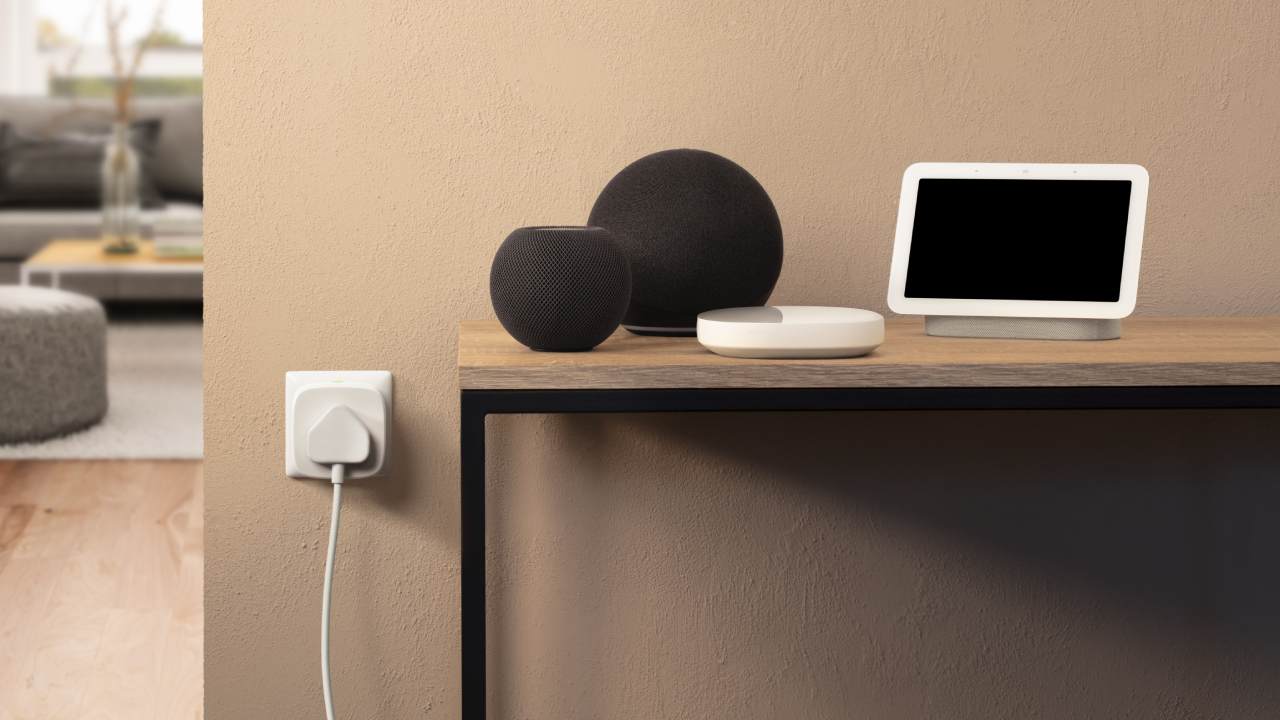 Eve’s smart plug gets impressive Matter upgrades – but I’m most excited about the app
Eve’s smart plug gets impressive Matter upgrades – but I’m most excited about the appEve Energy adds Matter support and an updated Android app
By Bethan Girdler-Maslen Published
-
 Audio-Technica’s latest luxury turntable will light up your life, and your records
Audio-Technica’s latest luxury turntable will light up your life, and your recordsThis strictly limited turntable is a feast for the eyes as well as the ears
By Carrie Marshall Published
-
 Girard-Perregaux Laureato 38 mm gets a blue diamond upgrade
Girard-Perregaux Laureato 38 mm gets a blue diamond upgradeWe’re totally besotted by these diamond-bezelled beauties from Girard-Perregaux
By Alistair Charlton Published